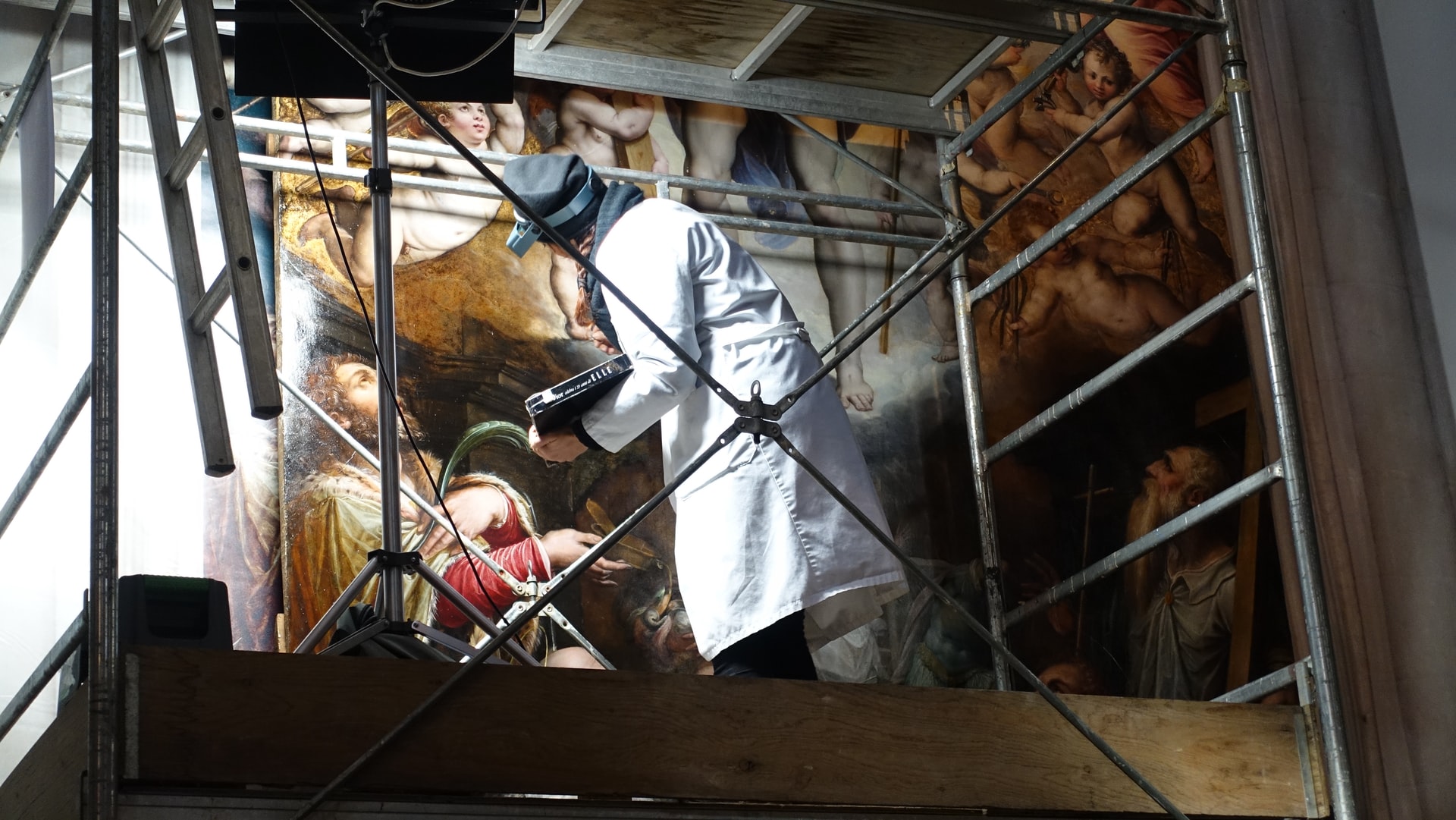Art gets damaged all the time. Natural factors and mechanical damage cause harm to paintings, frames, sculptures, textiles, furniture, and other pieces. To ensure the safety of fine art, art collectors, scientists, and artists use art preservation services. But what does art preservation mean, and how does it work? Here is everything you need to know.
What is art preservation?
Art preservation is a meticulous process of maintaining an item’s condition to keep it intact as long as possible. Even though preserving and restoring art are different things, they usually complement one another and are part of the art conservation process.
Many believe that the primary aim of art preservation services is to keep historical objects in proper condition. In fact, they are also essential for works of modern and contemporary art. That is why every art collector should understand the importance of such fine art services for their collections.
How do art preservation services work?
Over the last decades, art preservation and restoration services have considerably evolved. Nowadays, you can preserve almost anything you need – canvases, sculptures, frames, chandeliers, old books, porcelain, etc. But how do these services work?
First, a professional art conservation and restoration company takes an in-depth examination. It helps specialists find out more about the nature and condition issues of the artwork. After arranging documentation and preparing a photo report, art conservators repair, fix, and stabilize an artwork with the help of preservation techniques. When the job is done, a company can either give a piece of art back to its owner or offer preventive conservation services. In a nutshell, it is a complex of services designed to protect and preserve art for the future by excluding agents of deterioration in the art storage facility.
Conclusion
As long as people care for fine art, its safety, and its integrity, art preservation services will never lose their relevance. At the end of the day, this is how people preserve the past for the future.

